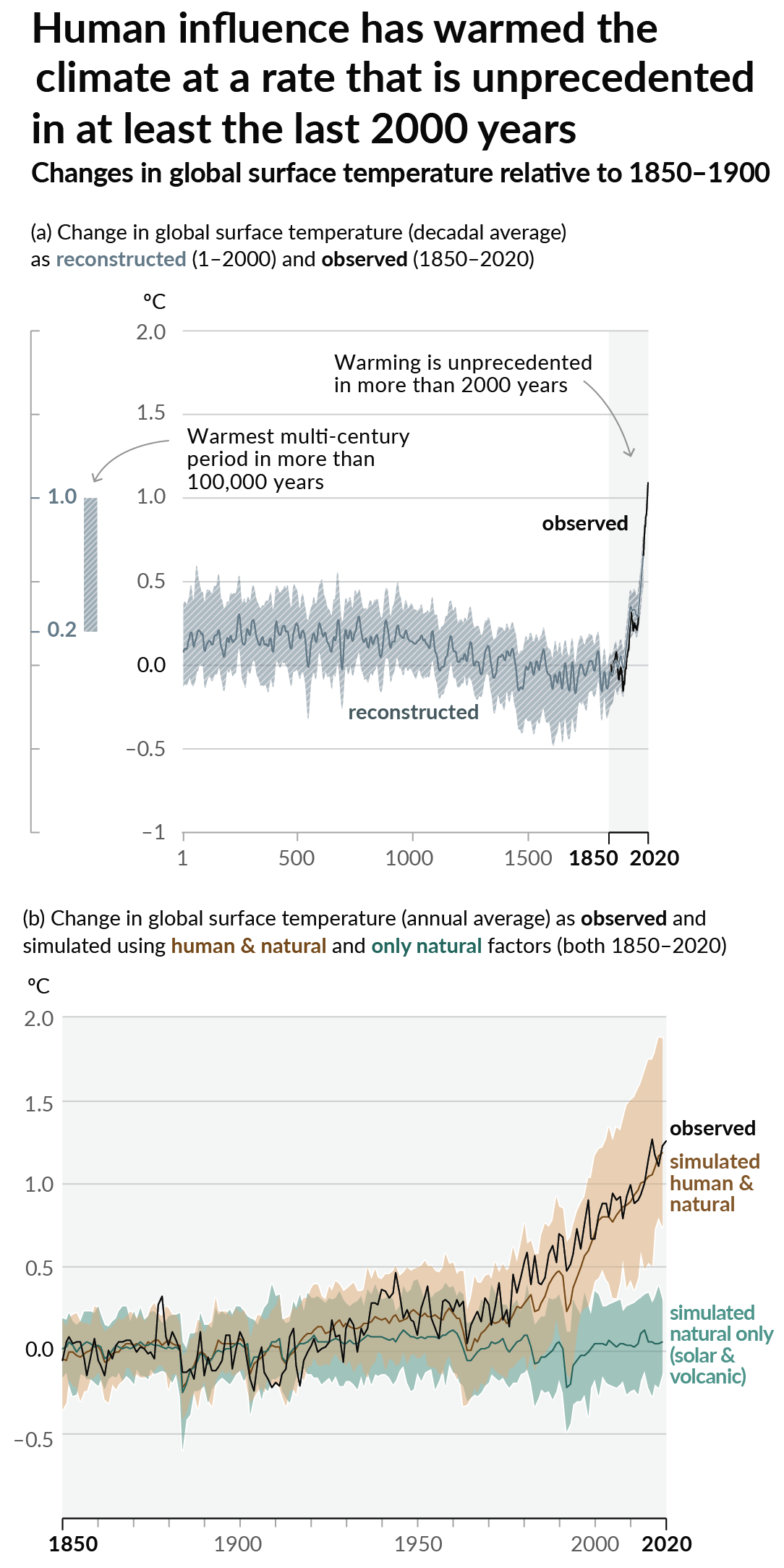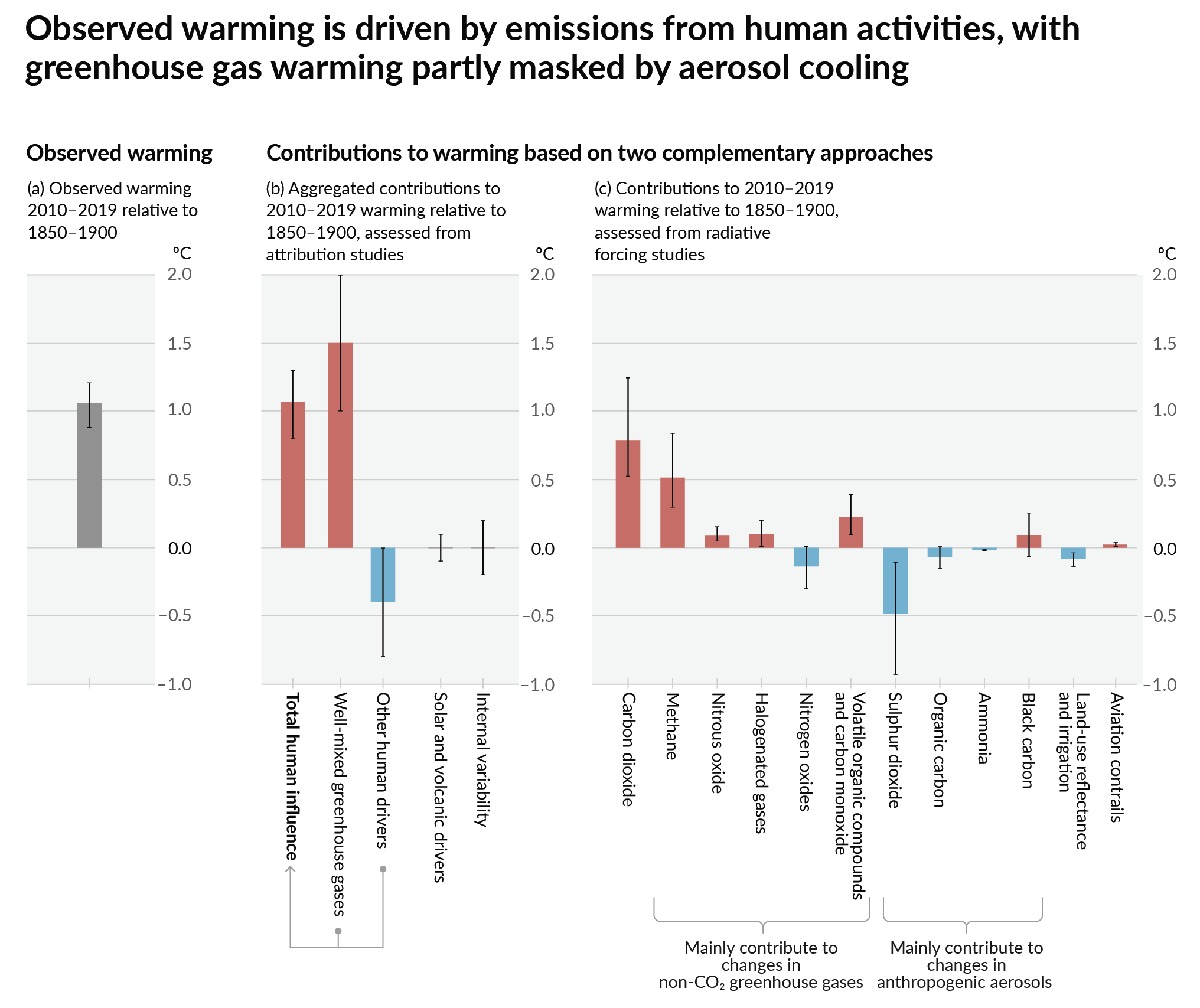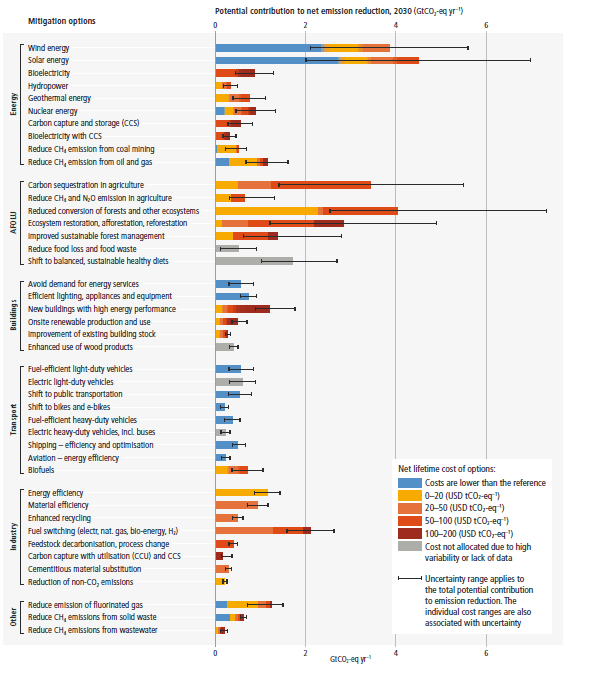In November 2024, Monica Feria-Tinta, a veteran of UN tribunals and the international criminal court, strode through a heavy black door into a Georgian building in London’s august legal district for a meeting about a tree in Southend. Affectionately known as Chester, the 150-year-old plane tree towers over a bus shelter in the centre of the Essex seaside town. The council wanted to cut it down and residents were fighting back – but they were running out of options. Katy Treverton, a local campaigner, had travelled from Southend to ask Feria-Tinta’s legal advice. “Chester is one of the last trees left in this part of Southend,” said Treverton, sitting at a large table in an airy meeting room. “Losing him would be losing part of the city’s identity.”
Feria-Tinta nodded, deep-red fingernails clattering on her laptop as she typed. She paused and looked up. “Are we entitled to nature? Is that a human right? I would say yes. It’s not an easy argument, but it’s a valid one.” She recommended going to the council with hard data about the impact of trees on health, and how removing the tree could violate the rights of an economically deprived community. Recent rulings in the European court of human rights, she added, reinforced the notion that the state has obligations on the climate crisis. This set a legal precedent that could help residents defend their single tree in Southend. “It isn’t just a tree,” said Feria-Tinta. “More than that is at stake: a principle.”
The meeting was just a tiny example of a much bigger shift in how law is being used to fight climate breakdown. Since the early 1980s, communities and campaigners have turned to the courts to fight back against polluting industries. But traditional environmental claims are geographically specific – as in West Virginia, say, where residents sued the chemical firm DuPont for failing to prevent toxic chemicals from leaking into their water supply. Climate litigation presents very different challenges. A vast number of actors are responsible for emissions, making it hard to establish legal responsibility, and often the worst harms occur in a different continent to the worst emissions. But in the last decade, a series of court cases around the world have sought to change the legal status quo. “It’s been a huge shift,” said Adam Weiss, chief programmes and impact officer at ClientEarth, an environmental law charity that has spearheaded this approach. “Judges now see the environmental issues we’re facing as existential, and have allowed the interpretation of human rights law to shift to grasp that.”
Feria-Tinta is one of the pioneers of this change. In 2017, she worked on the first case to argue before an international court that state failings on the climate crisis were violating the human rights of a group of Indigenous people. The case was successful, and since then, hundreds of claimants around the world have made similar arguments. Feria-Tinta is “one of a small group that’s really engaged in thinking strategically about how to use the law as a tool to push for greater ambition on climate change and biodiversity”, says Margherita Cornaglia, a barrister specialising in climate and environmental justice.
After the meeting with Treverton, Feria-Tinta explained to me how all of these grand legal debates related to Chester the tree. “It is not just that this tree is threatened, but that it’s valuable,” she said. “After the second world war we developed certain standards in human rights treaties because of the horrors humanity endured. But we separated what is human from nature. We are living in such a cataclysmic moment that only now are we realising how vital nature is for human beings. The law has to be reframed, rethought.”
Many observers see the law as the last hope for preventing catastrophic climate change. “It seems to me all other avenues have been exhausted,” says Brett Christophers, professor at Uppsala University and the author of The Price is Wrong: Why Capitalism Won’t Save the Planet. “Governments and companies aren’t taking serious and significant action, but in theory, at least, both are beholden to the law.” This strategic shift also has limitations, since, put bluntly, states can ignore rulings made in faraway international courts (or, for that matter, in their own courts). Meanwhile, it is not just environmental groups who are embracing climate-related litigation. In the US, there has been a significant rise in cases filed by airlines, fossil fuel producers and even states arguing against the obligation to consider climate risk in their financial planning. Yet Feria-Tinta passionately believes in the power of the law to create change. As the world passes the grim benchmark of 1.5 degrees of global heating, can the law save us from environmental destruction?
this post was submitted on 08 Apr 2025
72 points (98.6% liked)
Climate - truthful information about climate, related activism and politics.
6393 readers
339 users here now
Discussion of climate, how it is changing, activism around that, the politics, and the energy systems change we need in order to stabilize things.
As a starting point, the burning of fossil fuels, and to a lesser extent deforestation and release of methane are responsible for the warming in recent decades:

How much each change to the atmosphere has warmed the world:

Recommended actions to cut greenhouse gas emissions in the near future:

Anti-science, inactivism, and unsupported conspiracy theories are not ok here.
founded 2 years ago
MODERATORS
72
‘All other avenues have been exhausted’: Is legal action the only way to save the planet?
(www.theguardian.com)
you are viewing a single comment's thread
view the rest of the comments
view the rest of the comments
Yeah, I think this is the enlightened way of looking at it. We need to do all the things, all at the same time for maximum possible mitigation.